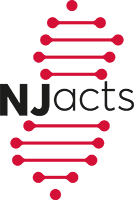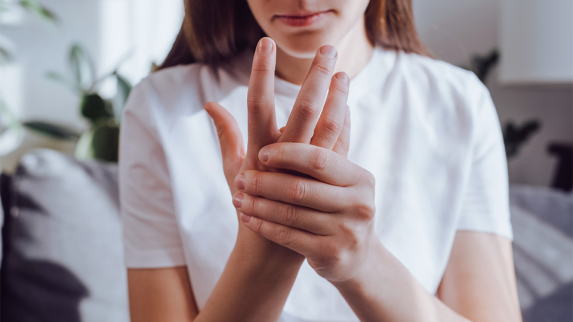The use of biologic and targeted therapies for children with juvenile idiopathic arthritis (JIA) surpassed more typical therapies in recent years, according to Rutgers Health researchers. Their study, published in Arthritis & Rheumatology, examined more than 20 years of data from nearly 14,000 children with JIA throughout the nation.
According to the National Institutes of Health and previous research, juvenile idiopathic arthritis affects about 16 to 150 per 100,000 children in North America, causing chronic inflammation resulting in persistent joint pain, swelling and stiffness. Treatments for JIA aim to alleviate symptoms; normalize physical movement and growth; prevent long-term damage and vision loss; and maximize quality of life. According to researchers, many studies on antirheumatic drug utilization have focused on adults with arthritis than children with JIA.
“JIA can take a heavy toll on the lives of affected children and families,” said Daniel Horton, a faculty member at the Rutgers Center for Pharmacoepidemiology and Treatment Science (PETS) and a senior author of the study. “Fortunately, the therapeutic landscape has changed dramatically in recent years, and people with JIA have more potentially effective options for treatment.” To read the full story.

